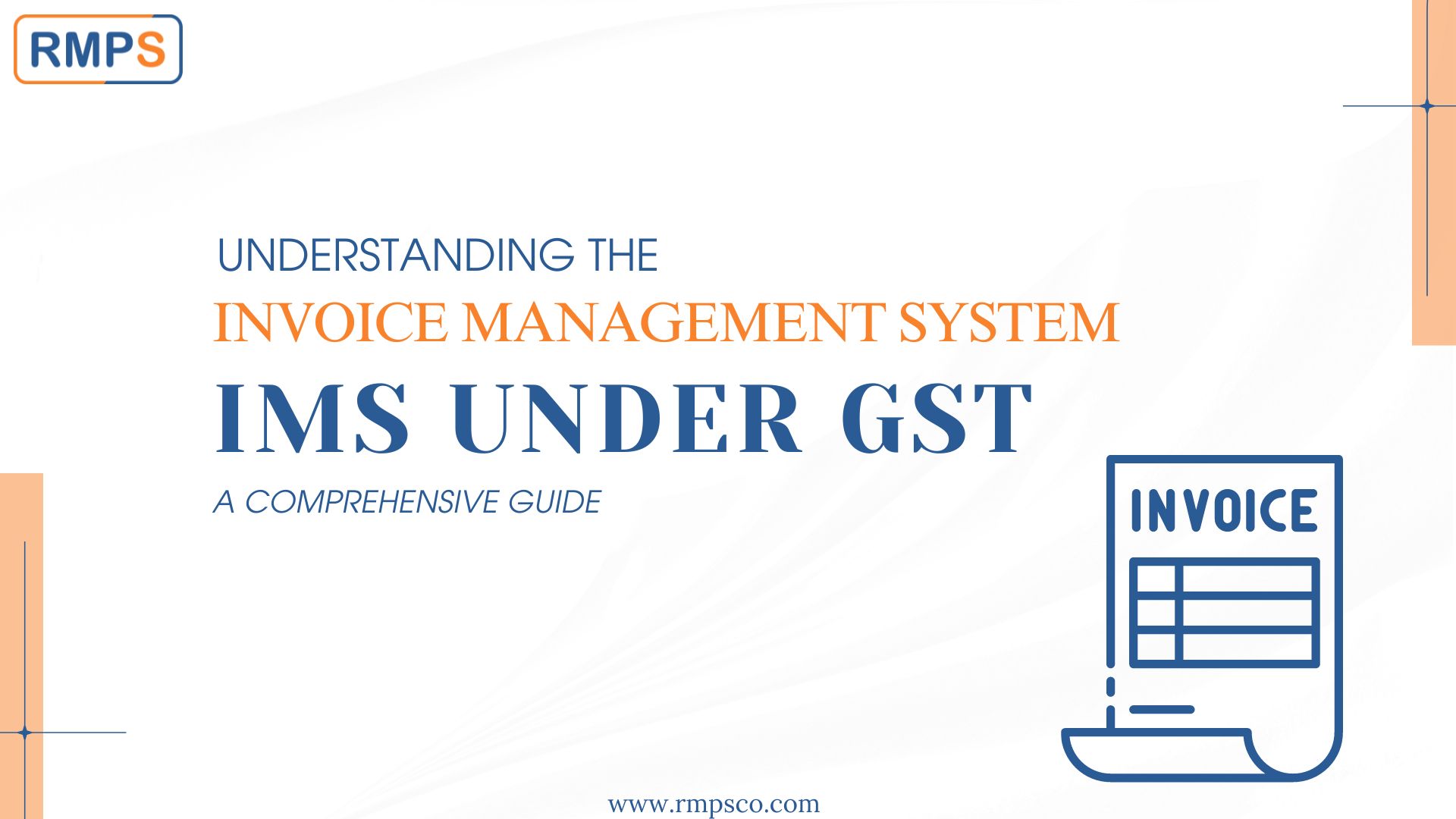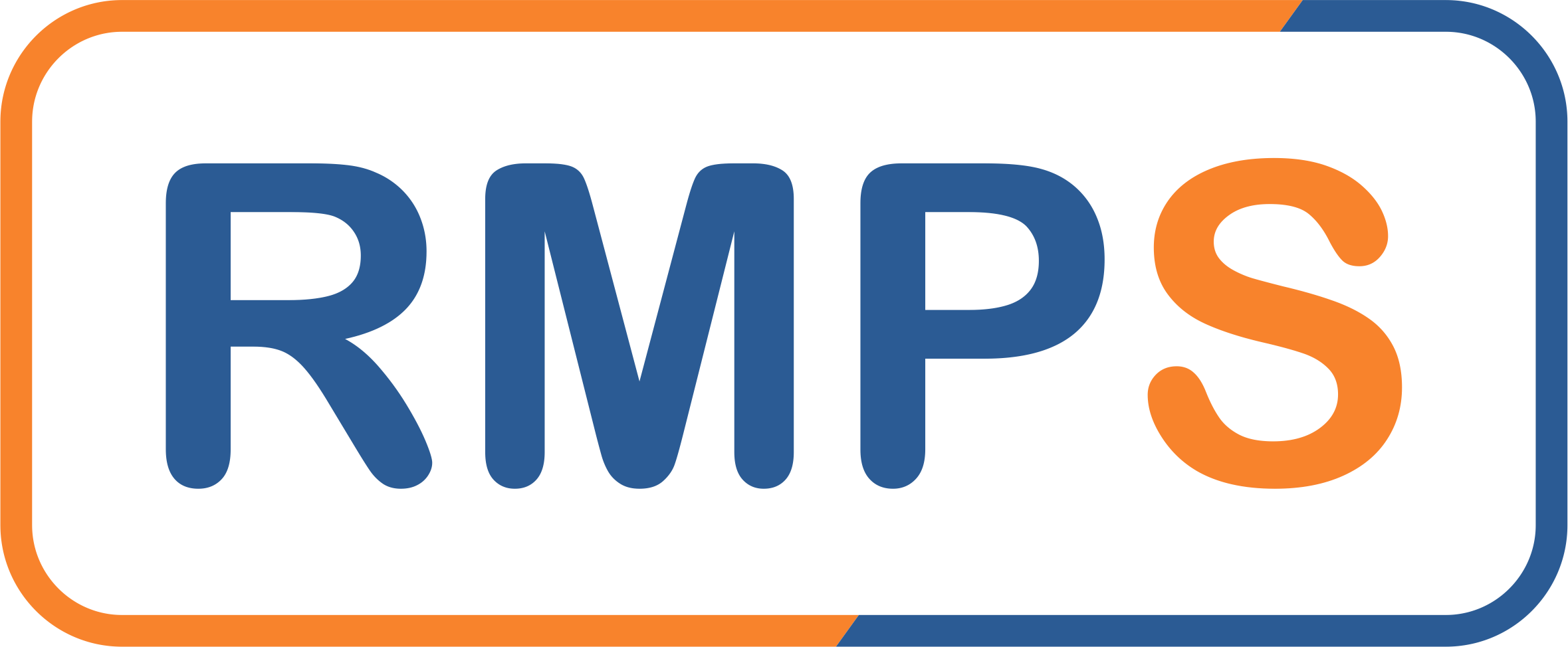
The Goods and Services Tax (GST) in India is evolving to make compliance easier for taxpayers. A key improvement is the Invoice Management System (IMS), which is set to launch on the GST portal from October 1st. This new tool aims to help taxpayers manage invoice corrections and amendments more efficiently. It also ensures that taxpayers can match their records with those of their suppliers to claim the correct Input Tax Credit (ITC). Let’s explore what IMS is and how it changes the ITC process.
What is the Invoice Management System (IMS)?
The Invoice Management System (IMS) is a new feature on the GST portal. It lets recipient taxpayers decide whether to accept, reject, or keep an invoice pending. This system helps taxpayers match their records with supplier invoices. This way, they can ensure they claim the right Input Tax Credit (ITC). IMS offers a way to verify the authenticity of invoices before including them in the eligible ITC.
Key Features of the IMS
- Invoice Actions: The IMS gives taxpayers three choices for each invoice: accept, reject, or keep pending. These decisions must be made between the time a supplier saves an invoice in GSTR-1, IFF, or GSTR-1A, and when the recipient files their GSTR-3B.
- Impact on ITC: Only invoices accepted by recipients will appear in their GSTR-2B as eligible ITC. If no action is taken, the system will mark the invoice as “deemed accepted” and include it in GSTR-2B automatically.
- Handling Amendments: If a supplier changes an invoice after saving it in GSTR-1 but before filing, the updated invoice will replace the original one in IMS. This process ensures that recipients always work with current data.
- Pending Invoices: Taxpayers can keep invoices pending and decide on them later. However, they must act within the limits set by Section 16(4) of the CGST Act, 2017.
- Simplified Compliance: IMS does not add any extra compliance burden. If no action is taken, the system considers the invoice as “Deemed Accepted.” Taxpayers only need to intervene if they want to reject or keep any invoices pending.
How Does IMS Work?
When a supplier saves an invoice in GSTR-1, IFF, or GSTR-1A, it shows up on the recipient’s IMS dashboard. The recipient can then choose to:
- Accept: The invoice will be part of the “ITC Available” section in GSTR-2B. The GST on these invoices will automatically appear in GSTR-3B as eligible ITC.
- Reject: The invoice will go to the “ITC Rejected” section of GSTR-2B. Its ITC will not appear in GSTR-3B.
- Keep Pending: The invoice stays on the IMS dashboard until the recipient takes further action. Pending invoices will not be in GSTR-2B or GSTR-3B.
Special Considerations for QRMP Taxpayers
Quarterly Return Monthly Payment (QRMP) taxpayers also use IMS. Invoices saved or filed through IFF by a QRMP taxpayer will flow to IMS. However, GSTR-2B for these taxpayers is generated quarterly, not monthly. Thus, IMS allows these taxpayers to manage their ITC more effectively over a longer period.
Benefits of IMS for Taxpayers
- Transparency and Control: IMS gives taxpayers better control over their ITC claims. It allows them to verify the accuracy of invoices received.
- Reduced Errors: The ability to reject or keep invoices pending helps reduce ITC mismatches due to incorrect or duplicate invoices.
- Ease of Compliance: The “deemed accepted” feature reduces the compliance burden. Taxpayers only need to focus on invoices that require action.
- Better ITC Matching: The system helps in matching ITC claims with supplier records more accurately, reducing disputes and improving compliance.
Conclusion
The Invoice Management System (IMS) simplifies the GST compliance process for taxpayers. By allowing them to manage their invoices and ensuring only verified invoices are included for ITC, IMS offers better control and accuracy in the tax filing process. As this system rolls out from October 1st, taxpayers should familiarize themselves with the new functionality to make the most of its benefits.
For more information please refer below Update:
LinkedIn Link : RMPS Profile
This article is only a knowledge-sharing initiative and is based on the Relevant Provisions as applicable and as per the information existing at the time of the preparation. In no event, RMPS & Co. or the Author or any other persons be liable for any direct and indirect result from this Article or any inadvertent omission of the provisions, update, etc if any.
Published on: September 4, 2024
